Firmware updates are essential for the performance and reliability of wireless lavalier microphone systems. This...
Things to pay attention to when sharing microphones
People use the microphones even in a pandemic as nowadays COVID-19 pandemic. Sharing microphones, particularly those utilized for vocal recording or close-range speech, require unique consideration to try not to convey the infection starting with one user then onto the next. Here are a few tips on the most proficient method to limit this risk. In view of the researchers and scientists, follow the following precautions for the use of sharing microphones.
Precautions for public microphones:
Some necessary precautions are discussed here, and everyone should follow these precautions before using public sharing microphones.
● Use of Plastic Bags:
The absolute risk comes from the spit that everybody has in their breath to some extent. Droplets of saliva can be so tiny as to be almost invisible. In any case, they convey infections in addition to other things. In this way, the quick objective for wellbeing is to keep these droplets from arriving on the outside of a sharing microphone, where they could be transferred to the next person that uses the sharing microphones or to the engineer who handles it. A flimsy plastic bag pulled over the sharing microphone, neither too firmly nor too freely, will successfully secure the microphone.
The plastic bag changes the exchange capacity of the microphone, so this technique ought to possibly be utilized if essential. The thicker the plastic bag, the more upsetting of resonances and a loss of higher frequencies. When using a plastic bag, the directivity at lower frequencies diminishes altogether, especially if it is very tightly stretched.
● Use of pop screens and winds:
A pop screen is not a substitute for a plastic bag because when it doesn't cover the entire sharing microphones, it does not protect the attachment of microorganisms, e.g., bacteria .so it is thought that it is better to use different screens for different people because this is close to a person's mouth while speaking so through the saliva germs can spread, so it's highly recommended to use different screens for different individuals to prevent from cross-infection .moreover there are many foam windscreens which are not as expensive so we can use different for different people economically and prevent viral infection and other infection transfer.
● Cleaning the microphone:
There is a contrast between disinfecting and cleaning microphones. Disinfecting sharing microphones implies killing germs with a legitimate compound like an isopropyl liquor and water solution. Always remember that disinfection only kills some microorganisms. It can't destroy the spores of some bacterias. Cleaning sharing microphones involves physically removing germs and dirt from the sharing microphone with water and soap.
To guarantee that you have a clean and germ-free microphone, you should initially clean them and afterward disinfect them properly. Sharing microphone maintenance from the start of the day also increases the long time duration of the sharing microphone.
● Disinfect with UV-C:
Many plastics are not ultraviolet rays protected. They are usually not resistant to those rays. They may become brittle on exposure, and if not, they may fade away and change their shade .when paints are applied, they can also fade with exposure to UV C radiations; they fade their color from a dark to a lighter shade on exposure moreover the upper layer may become brittle, and the paint may chip off. So the product can be checked under UV radiations; the product is placed in the center of two lamps, the distance is kept 4cm, and 7.3 W radiation is used. A specific 30 to 60 min time the product is exposed to radiation so that its capability not to destroy on UV exposure is checked.
Conclusion:
Everyone should be very conscious about sharing microphones because these are the source of many infectious diseases and nowadays a source of coronavirus. The use of precautions helps people protect themselves from these contagious diseases after following the instructions.

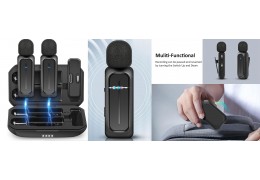
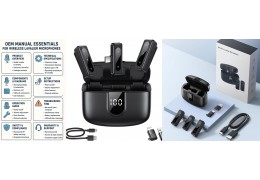

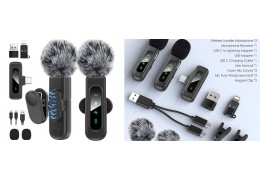
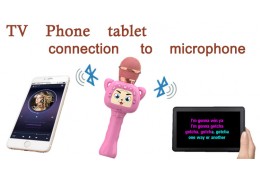
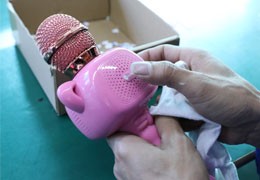

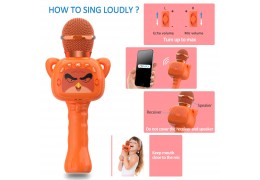


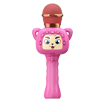

Latest comments